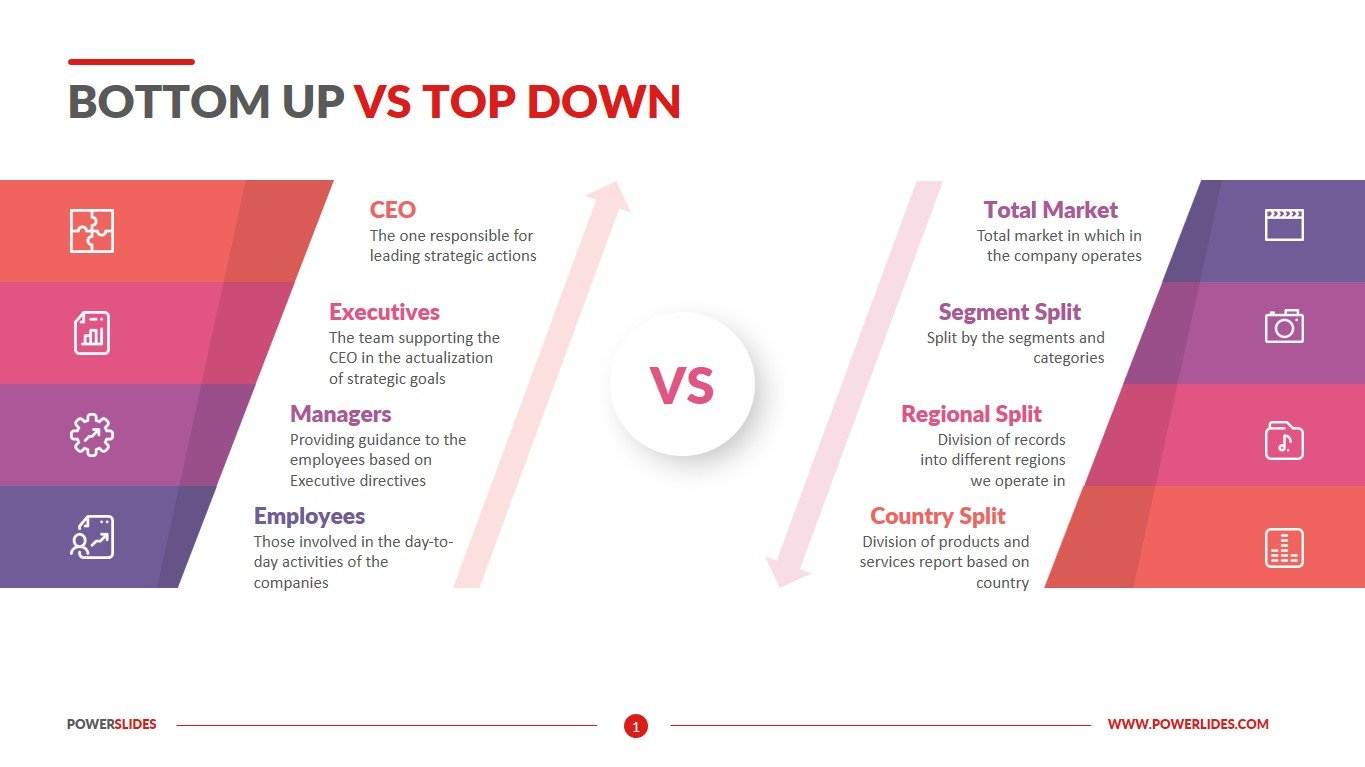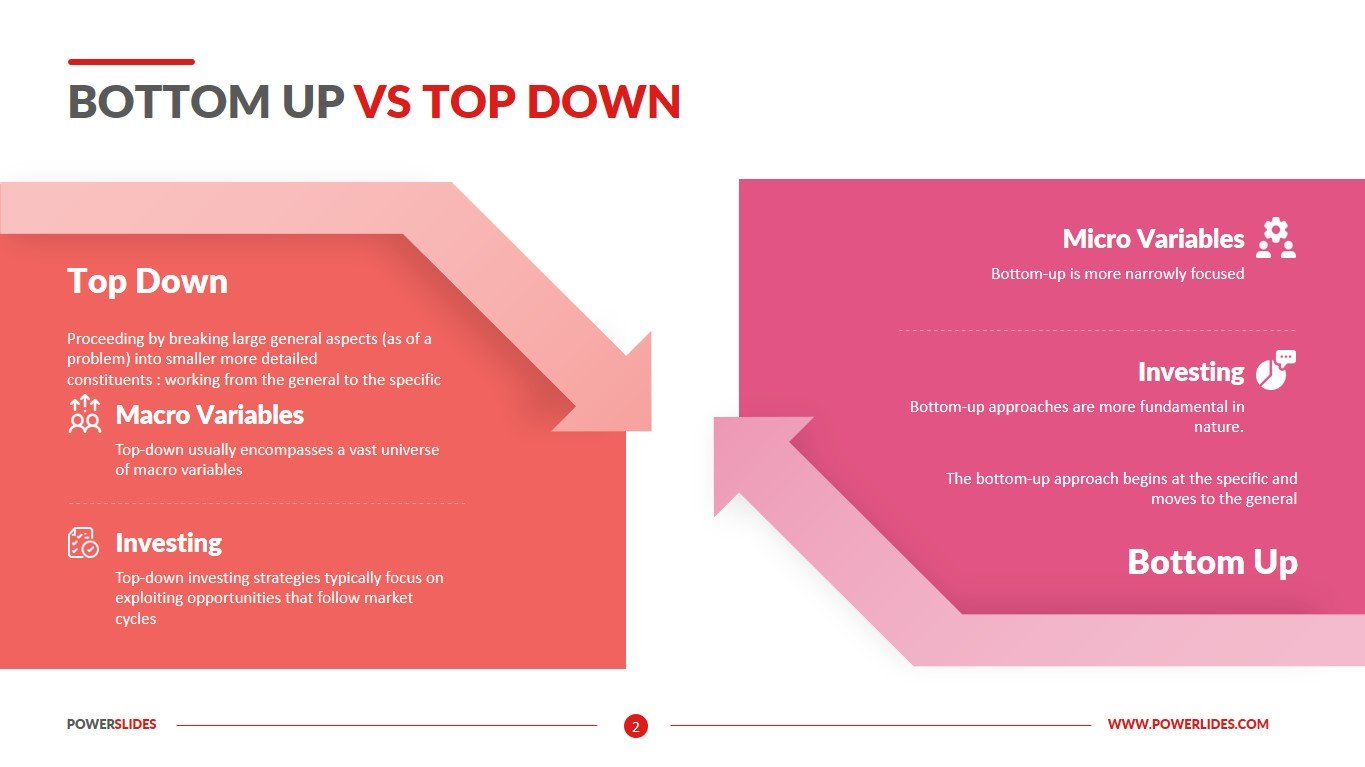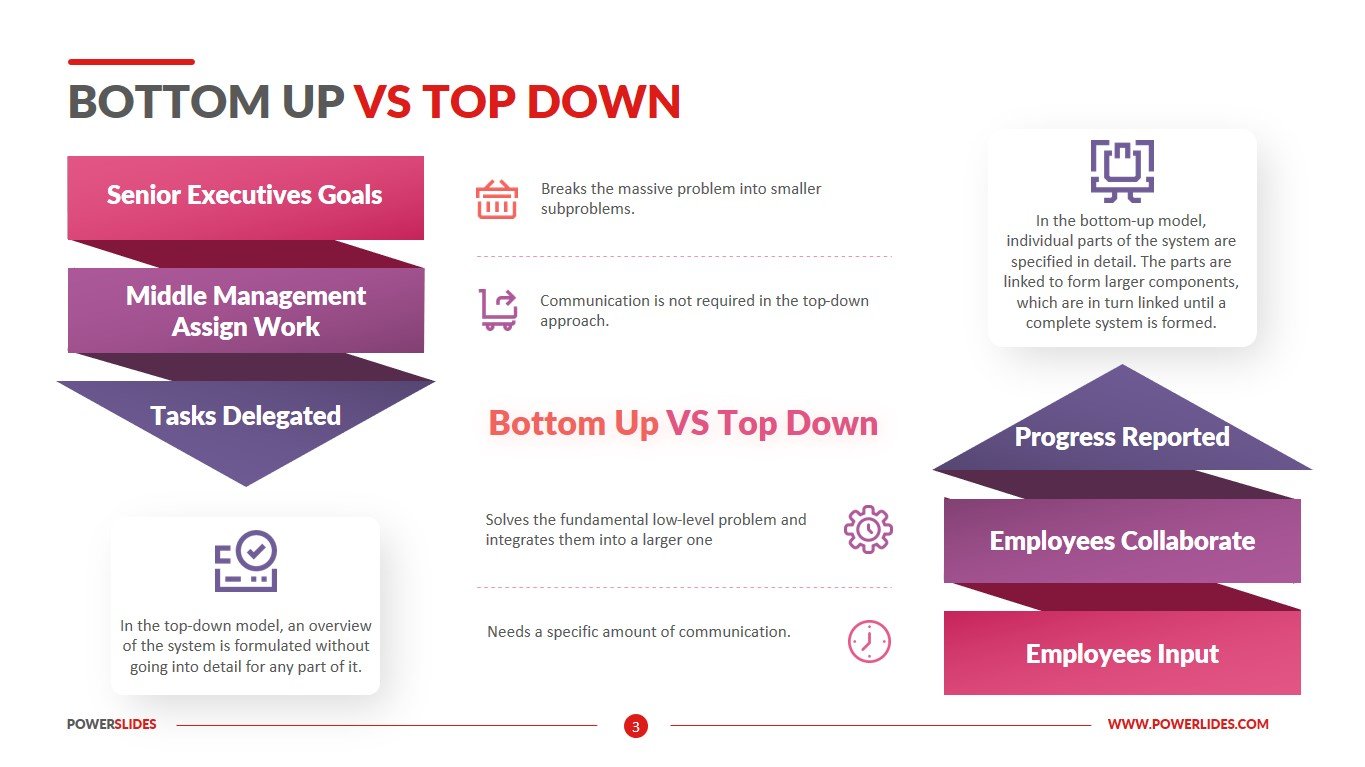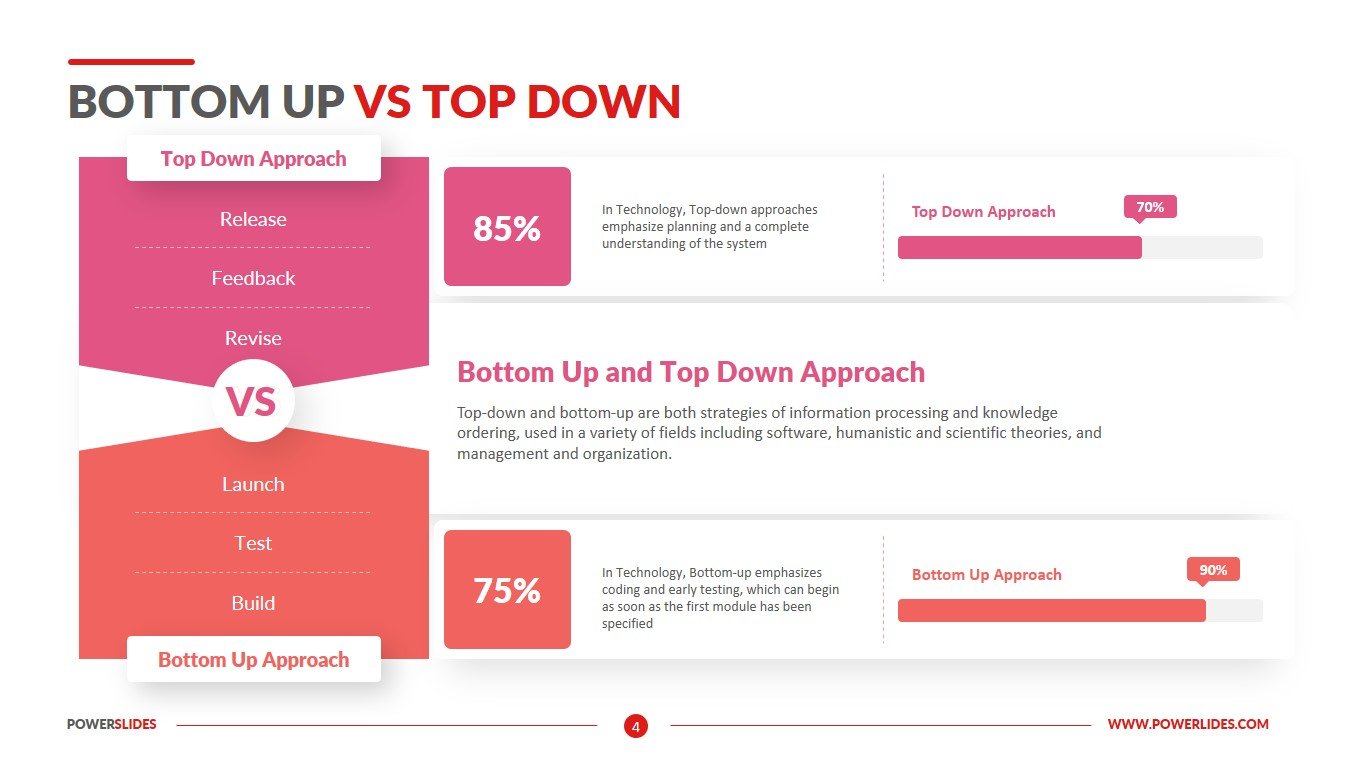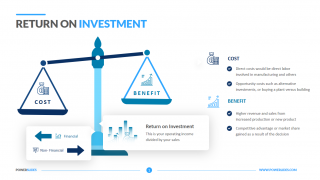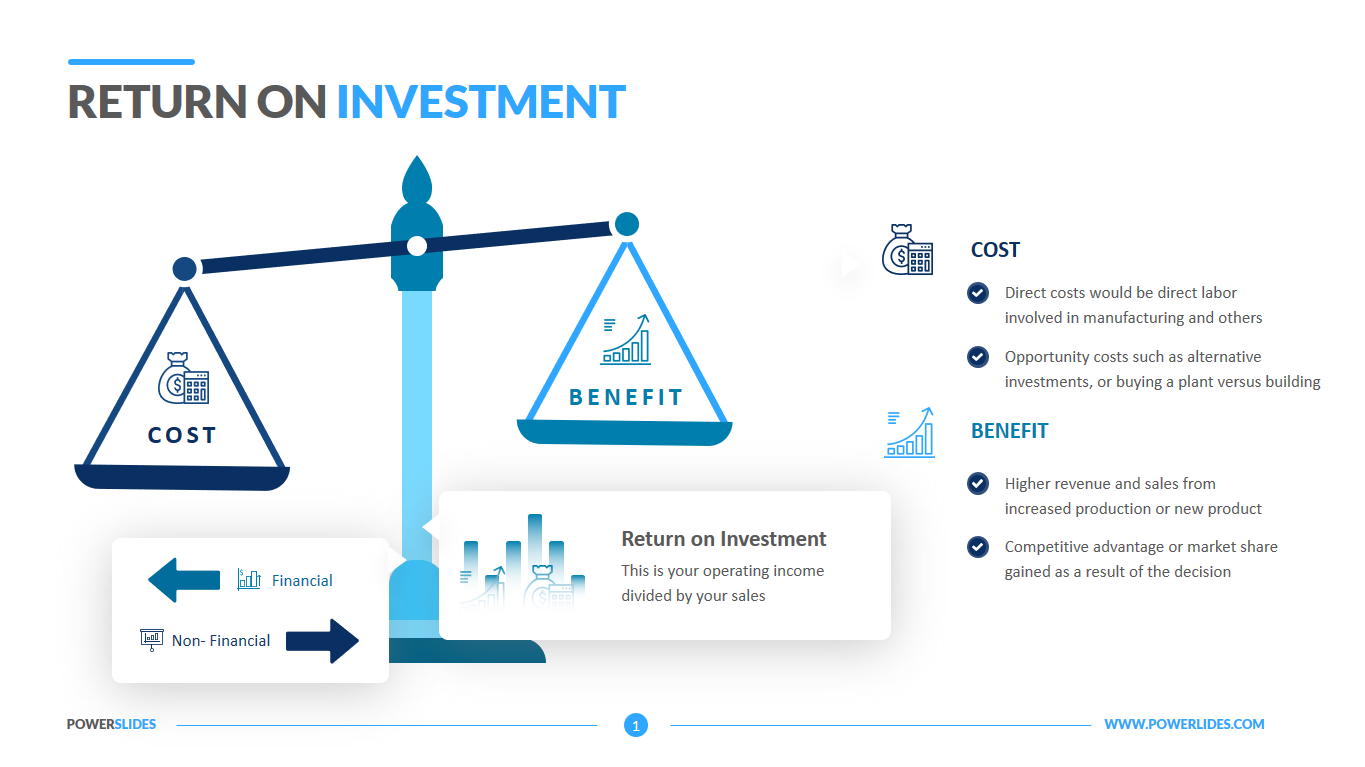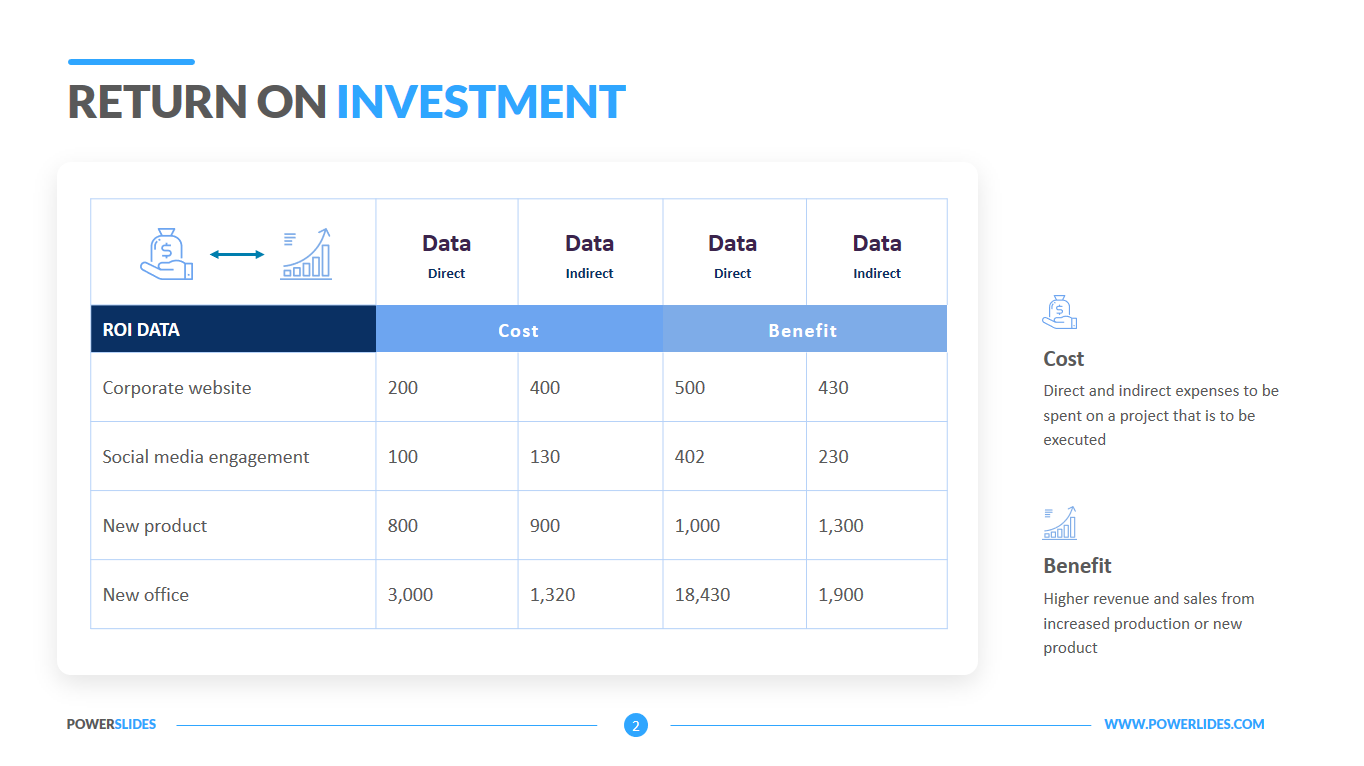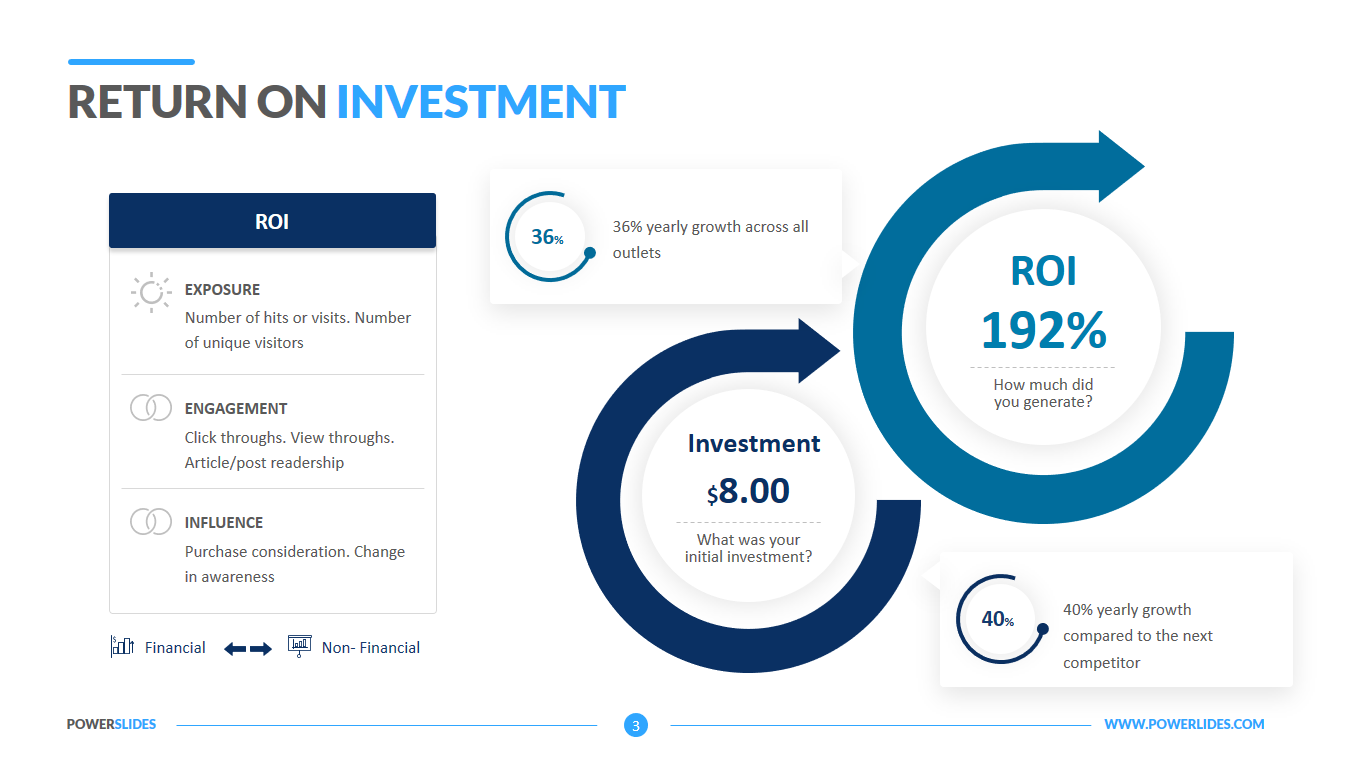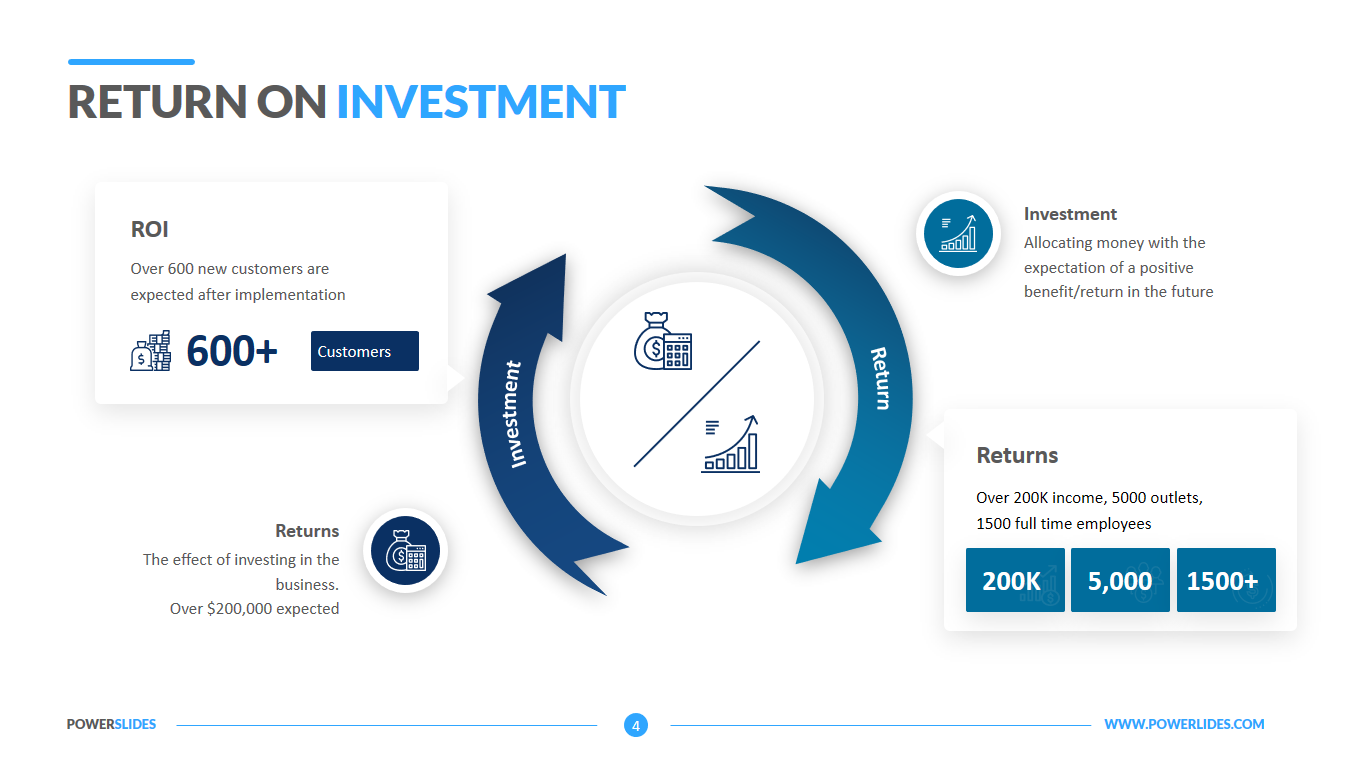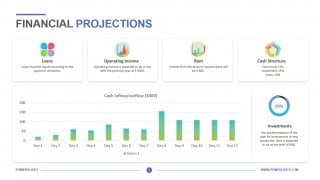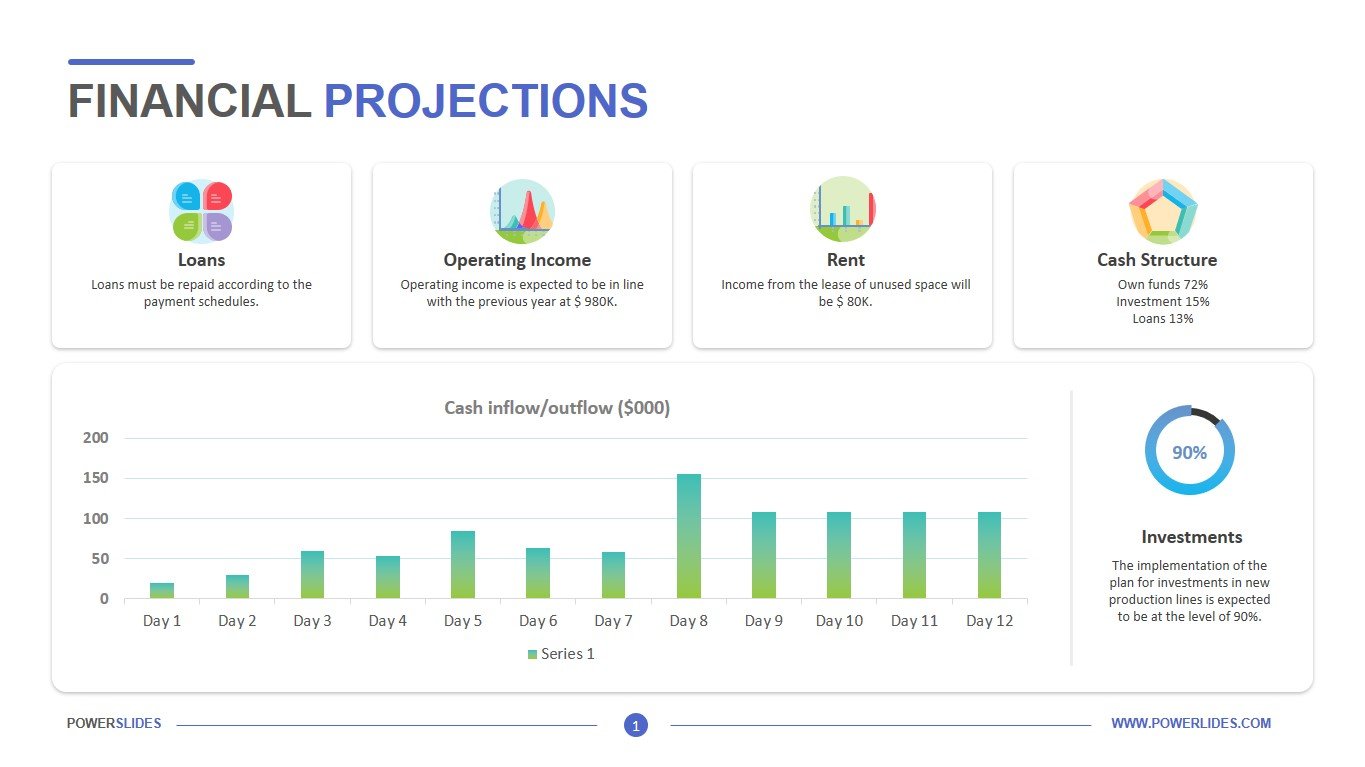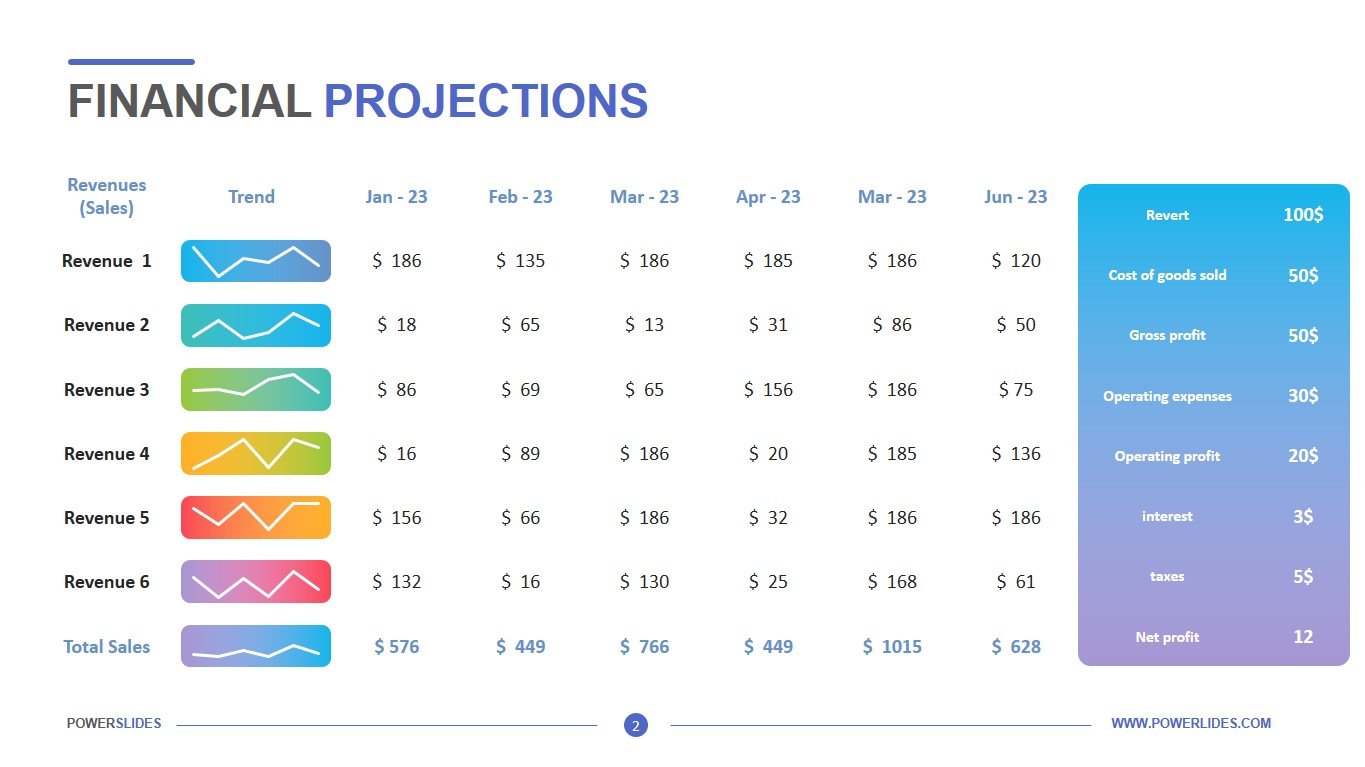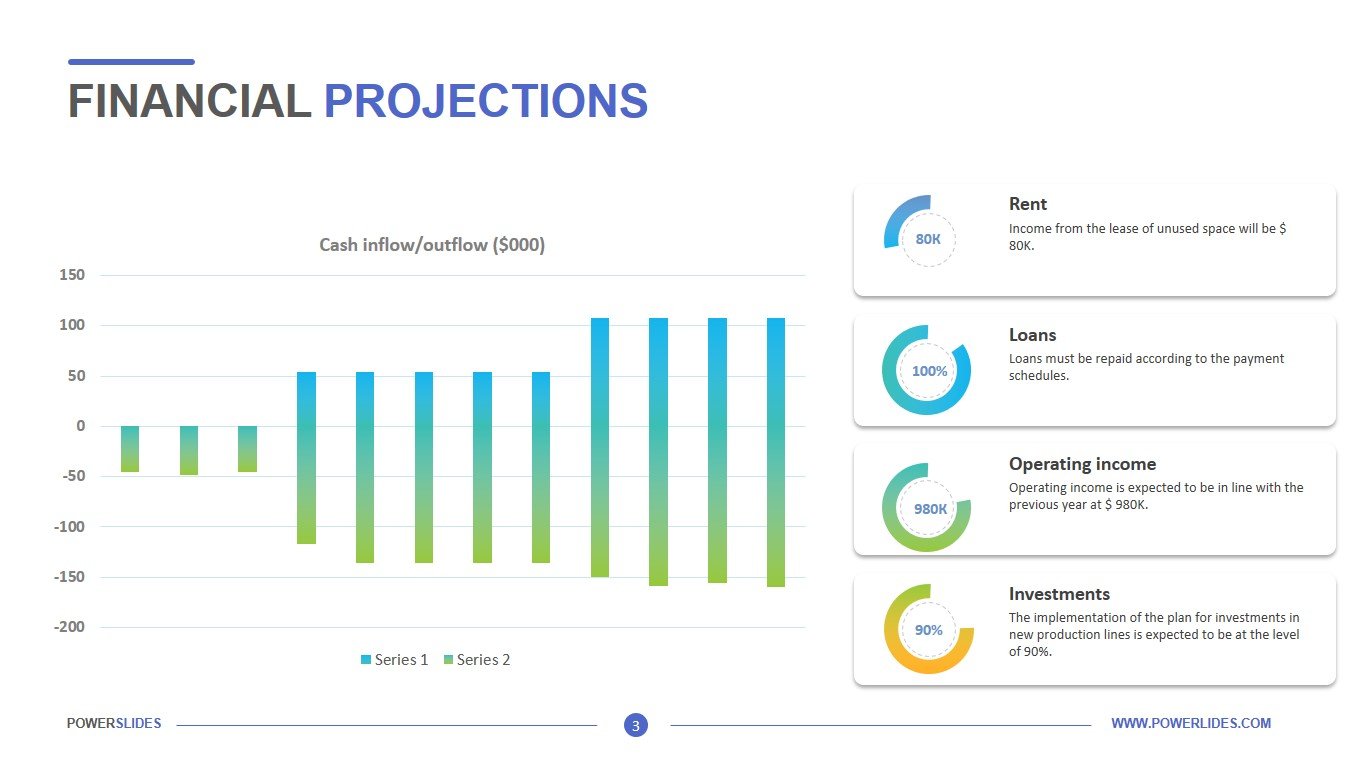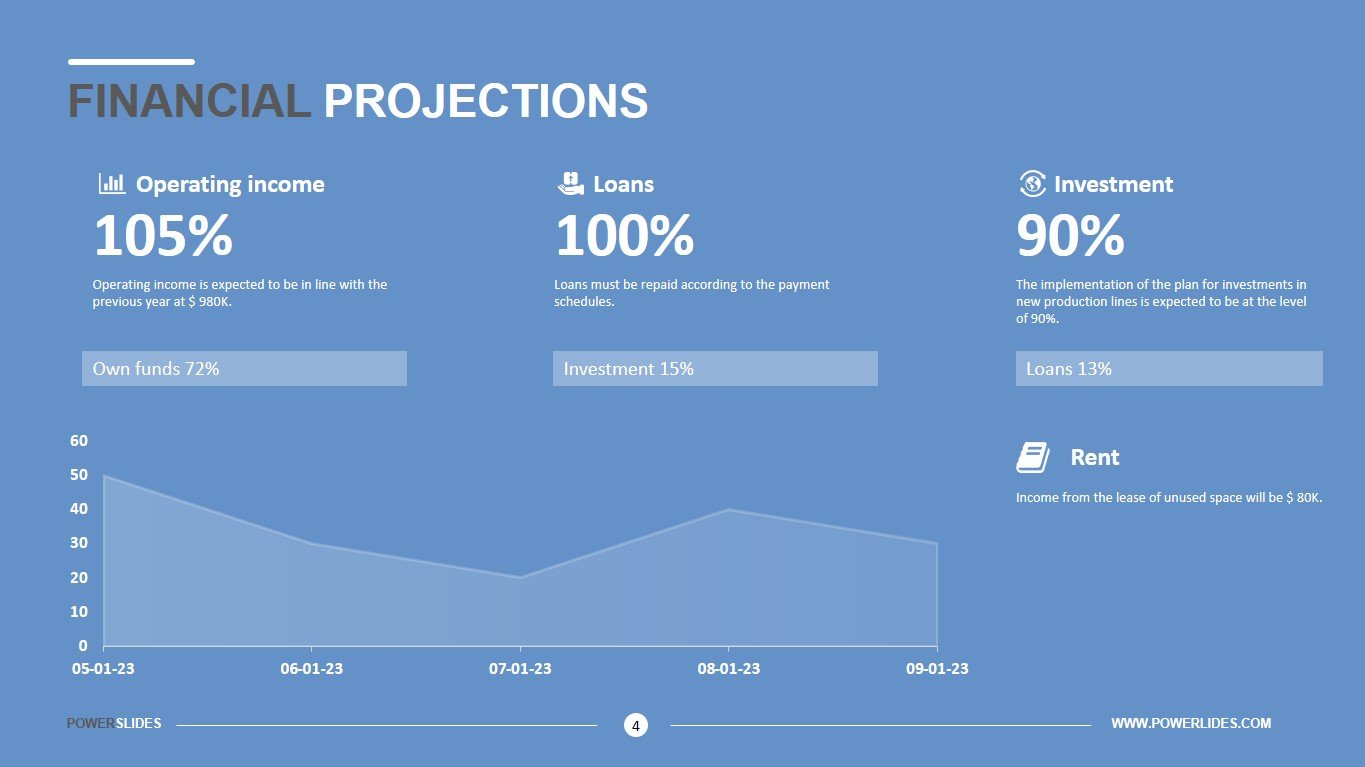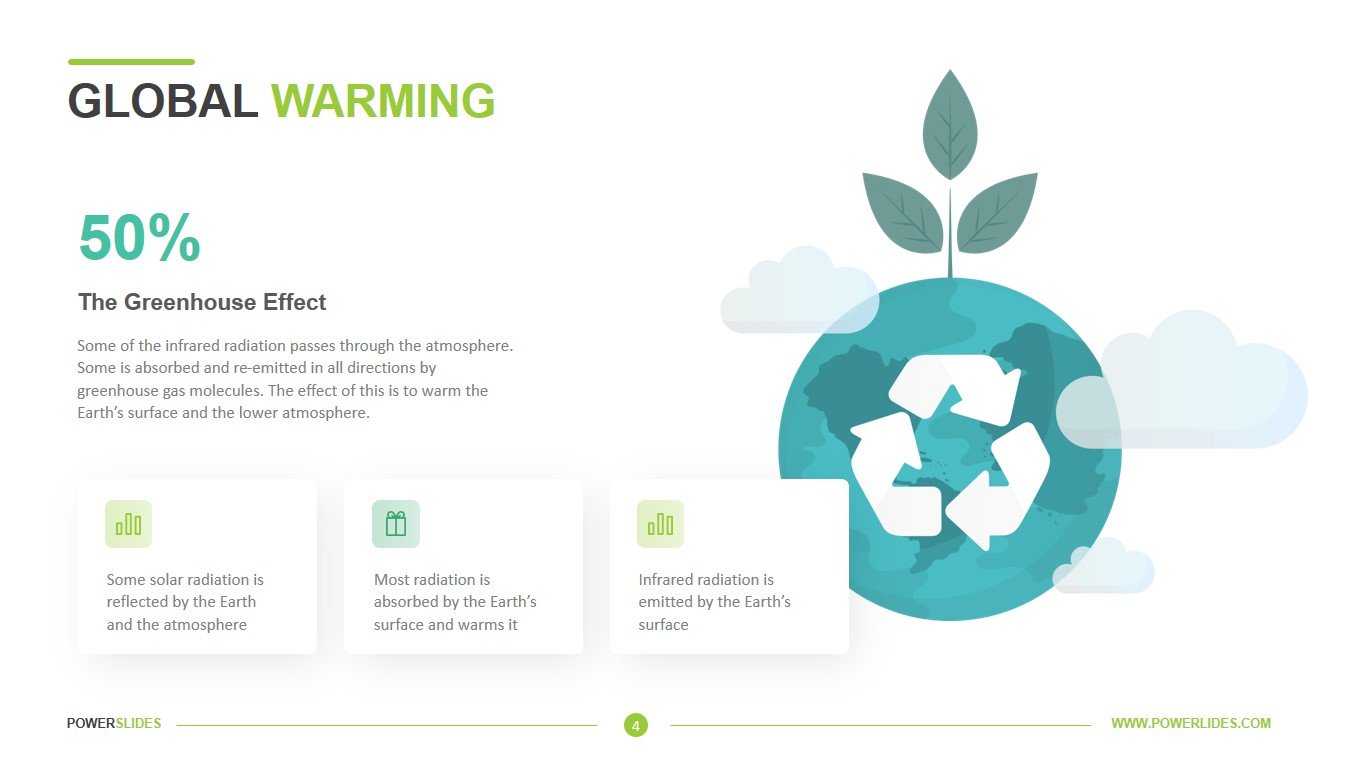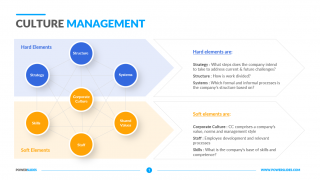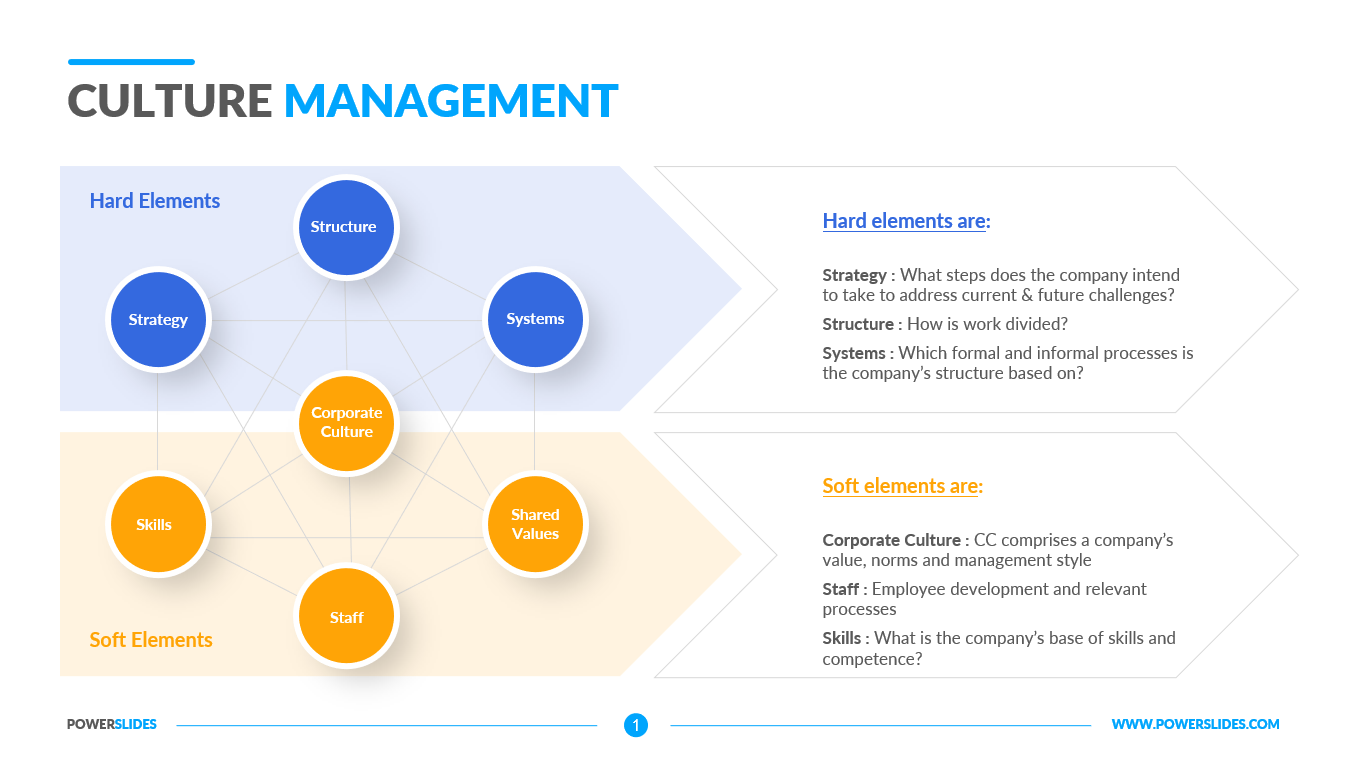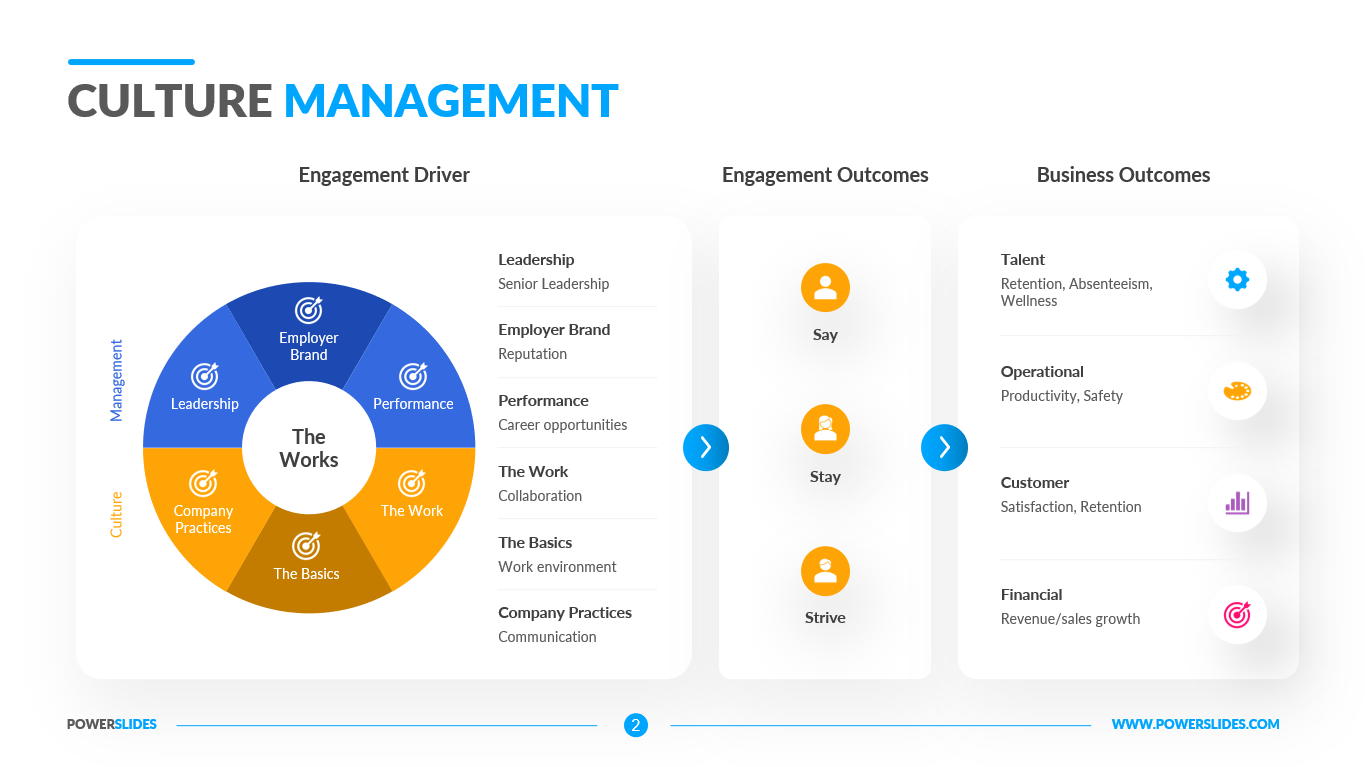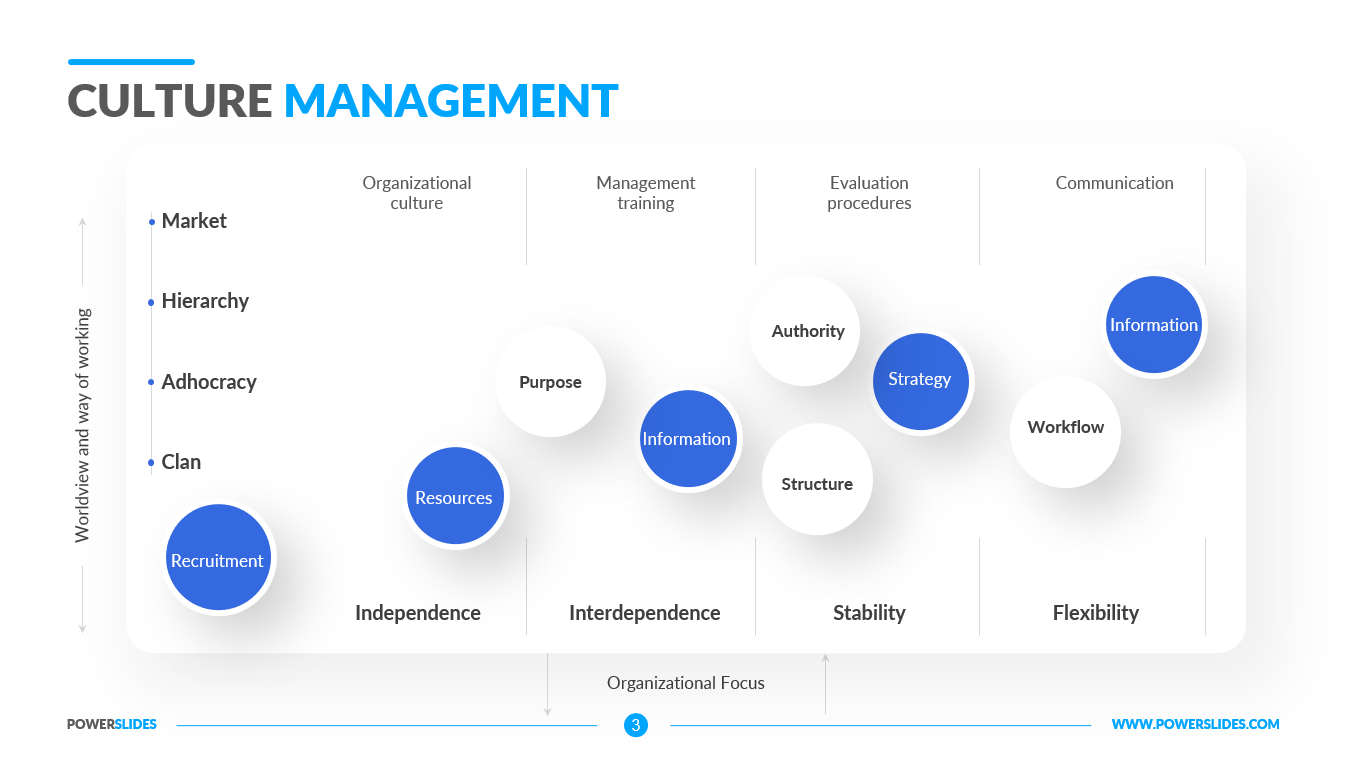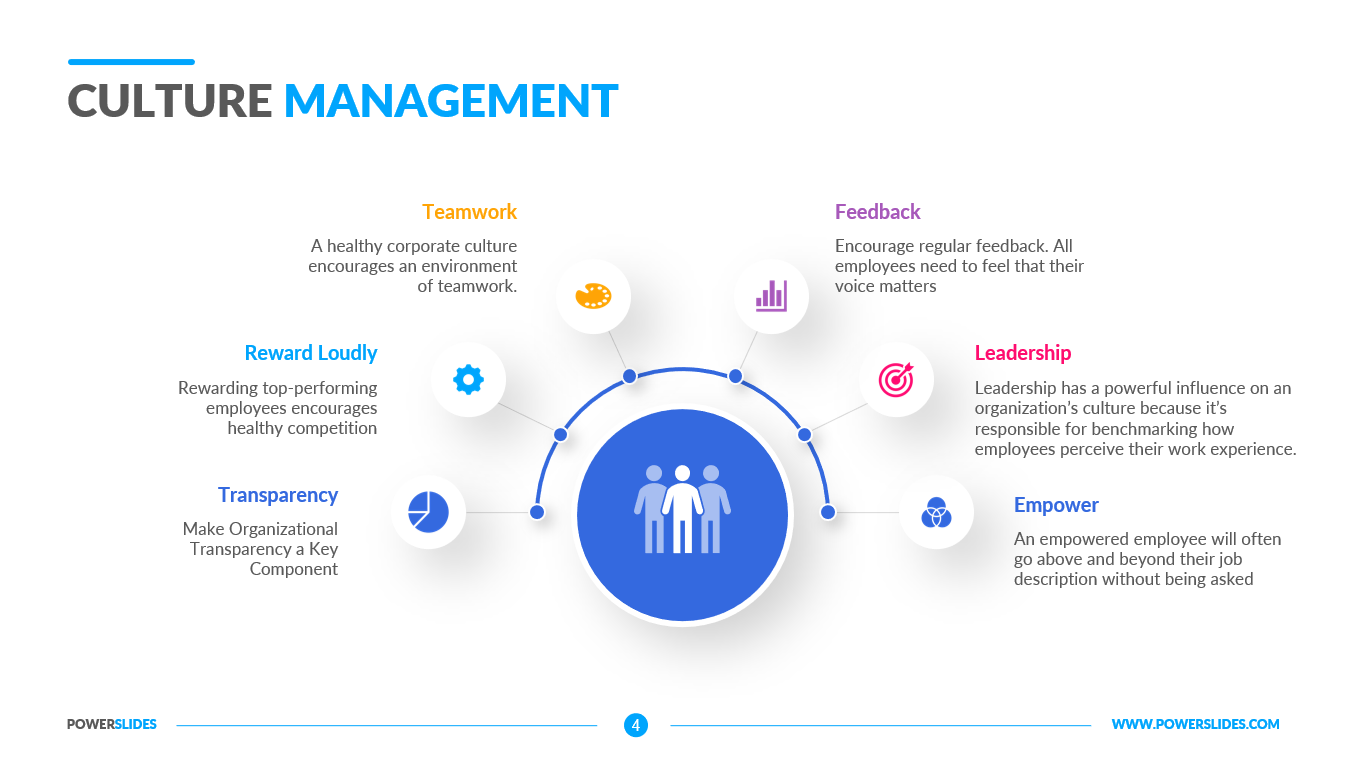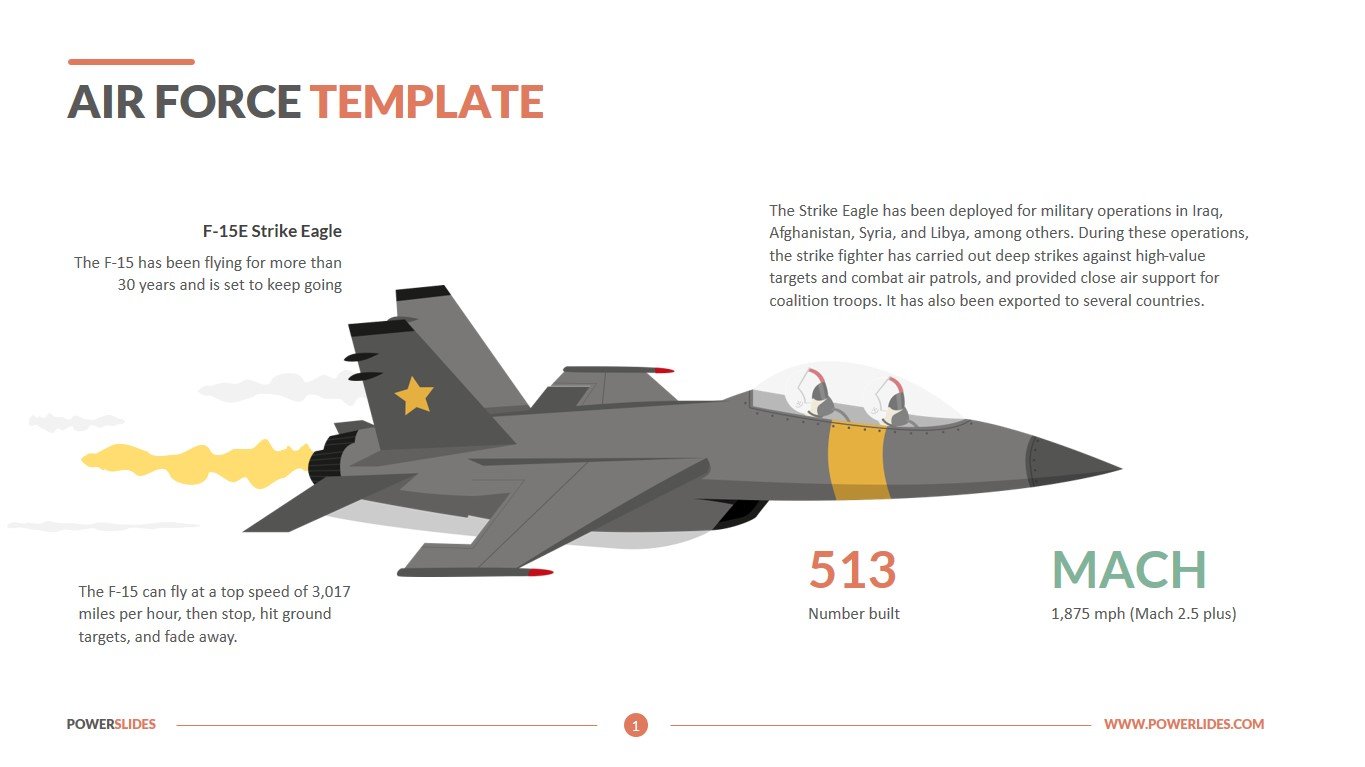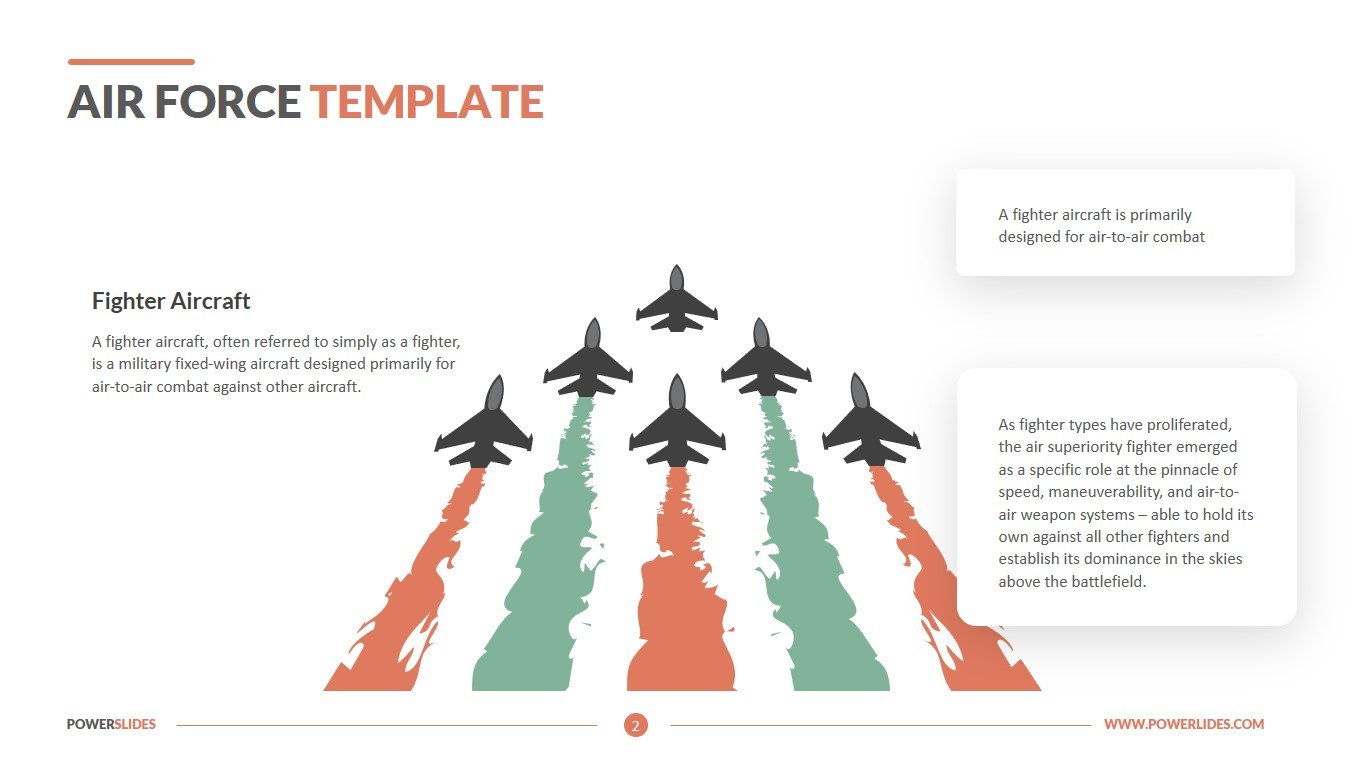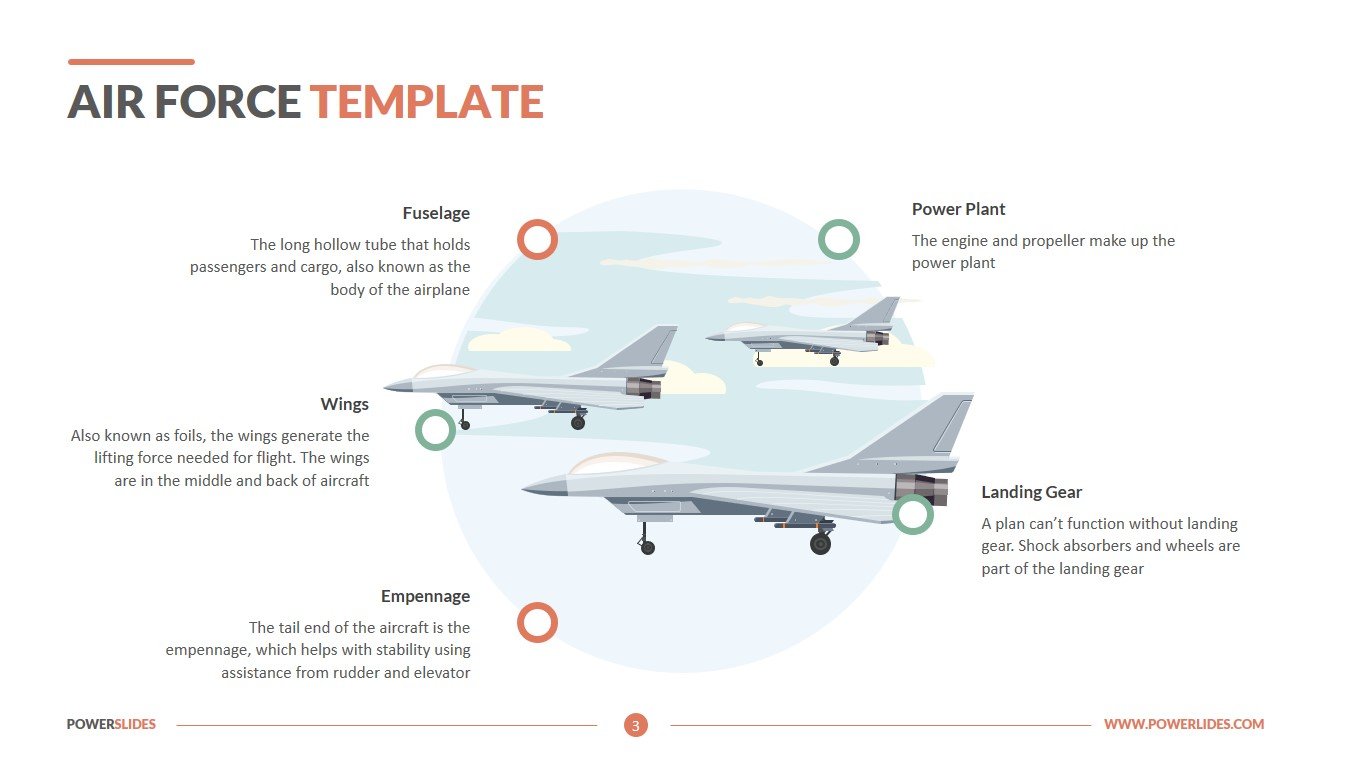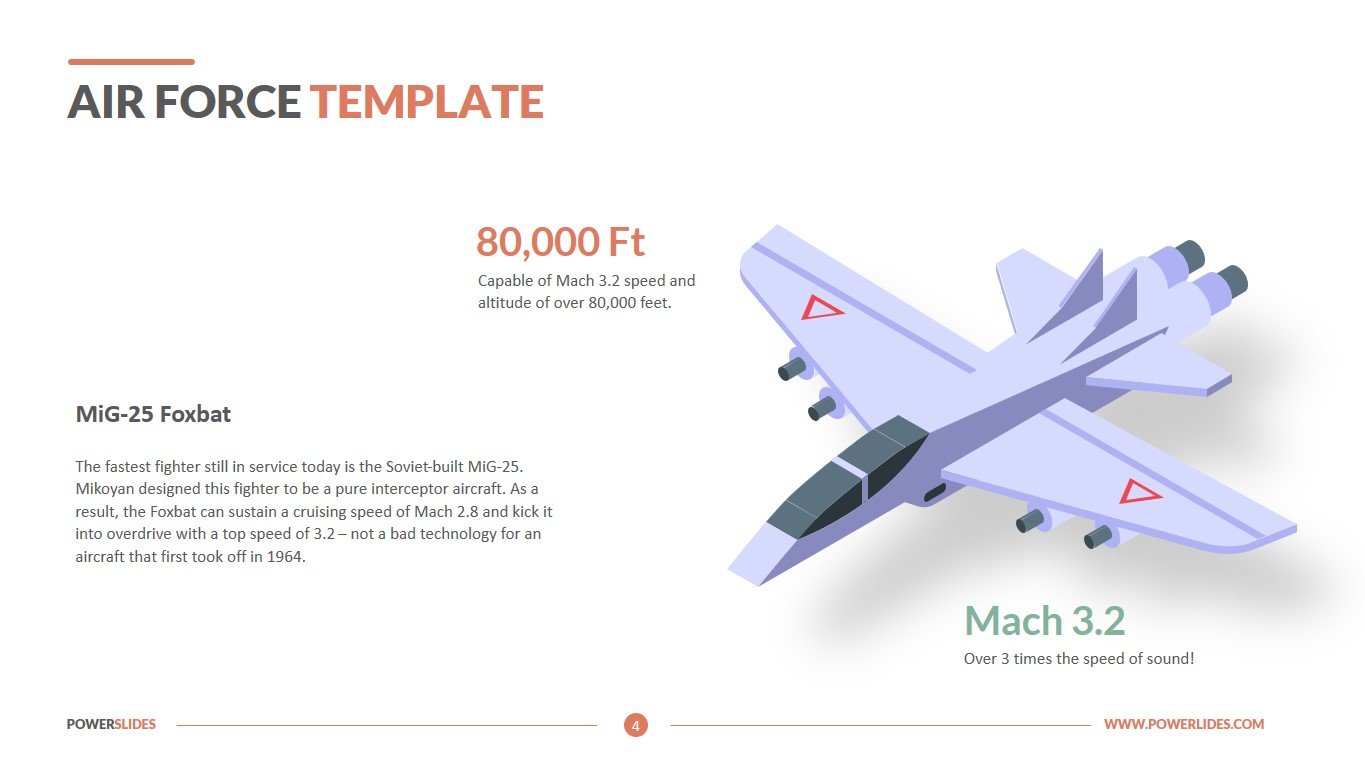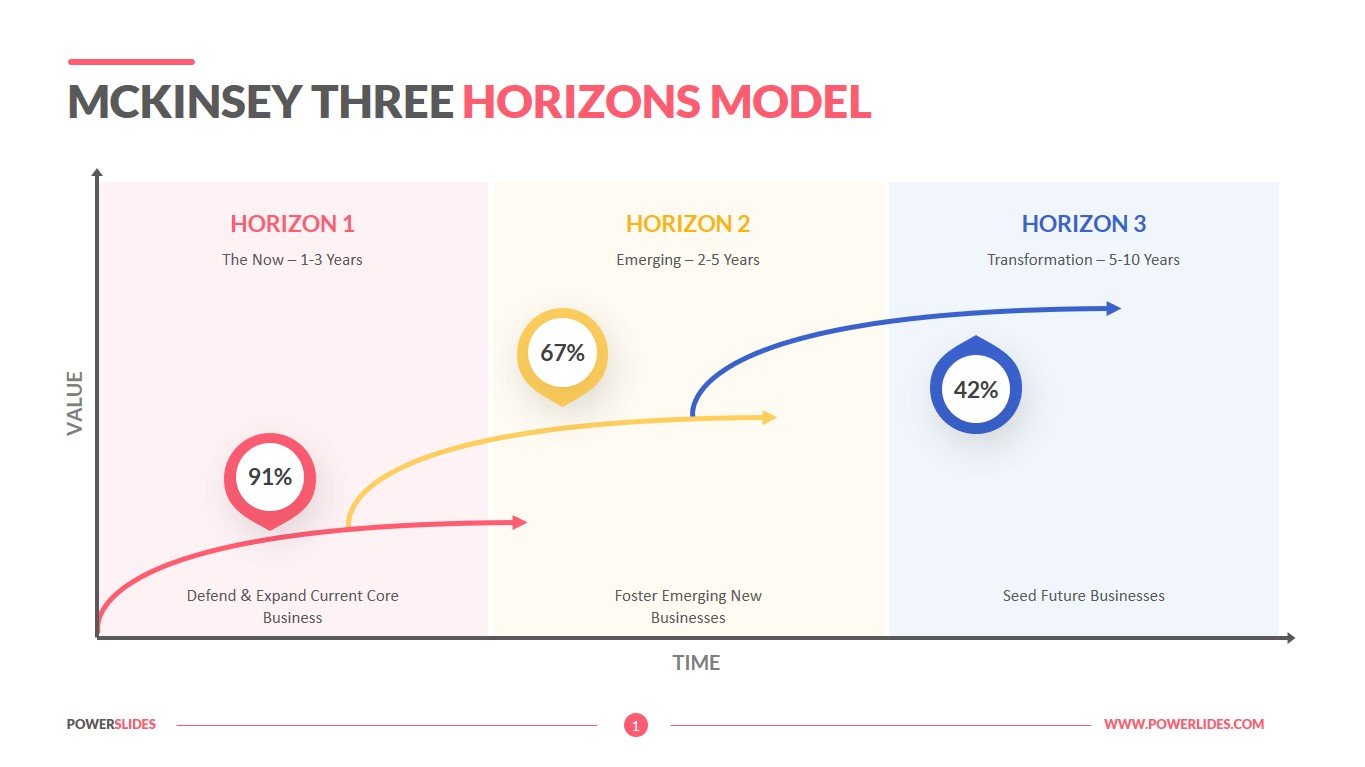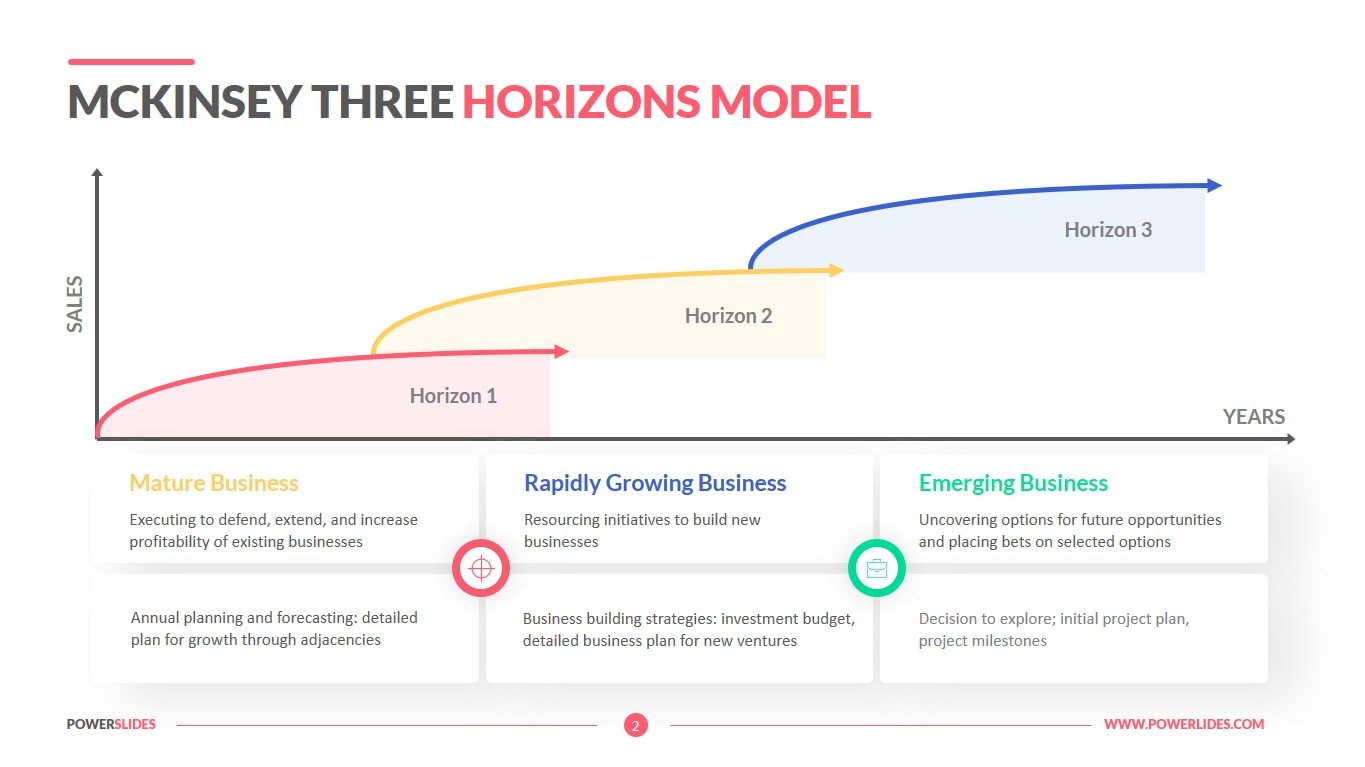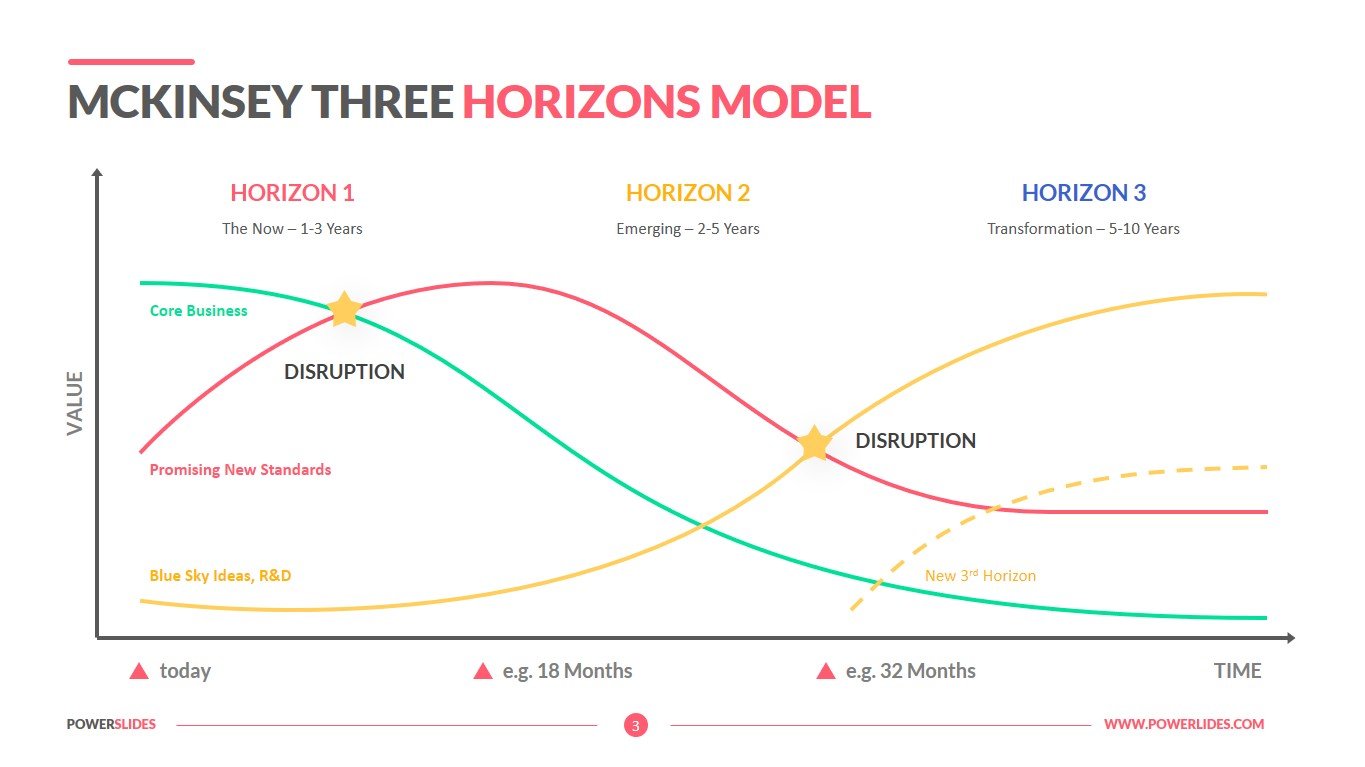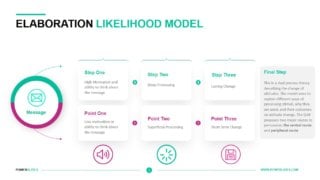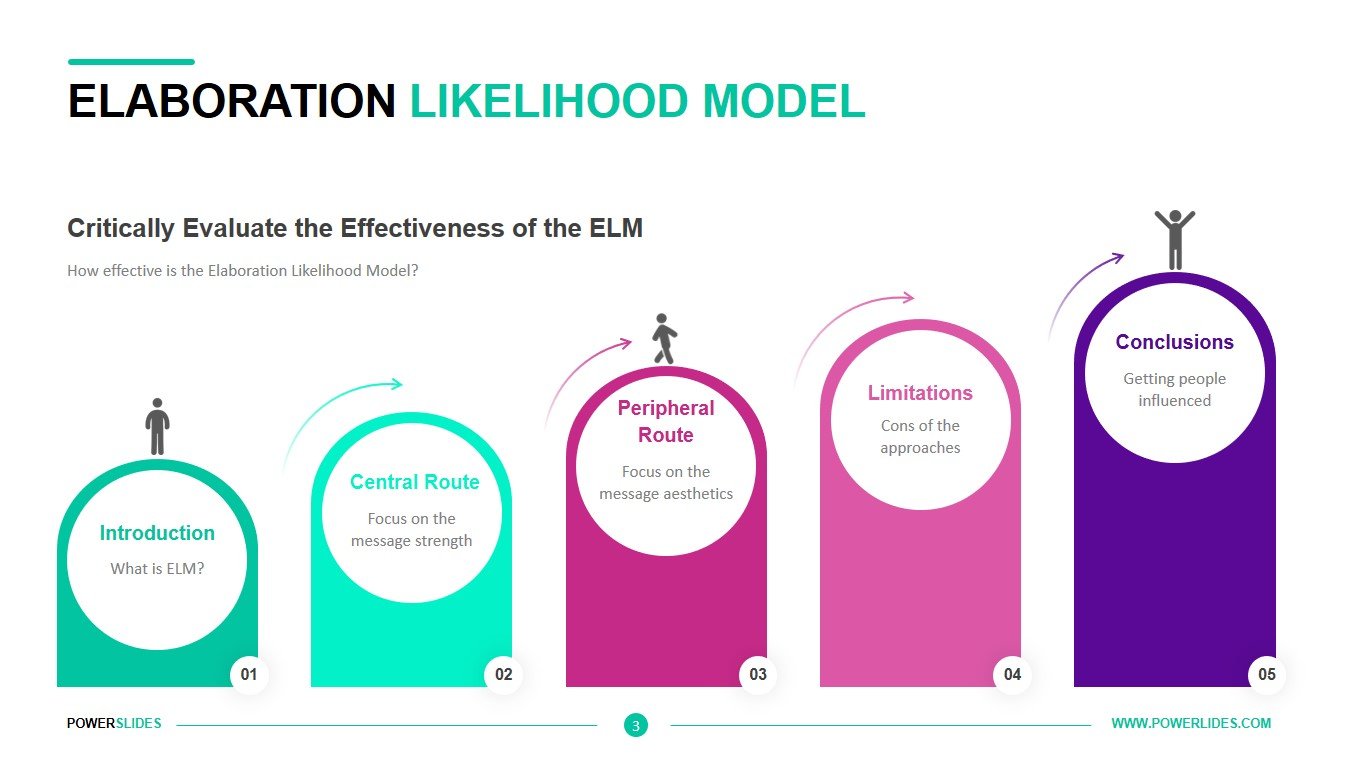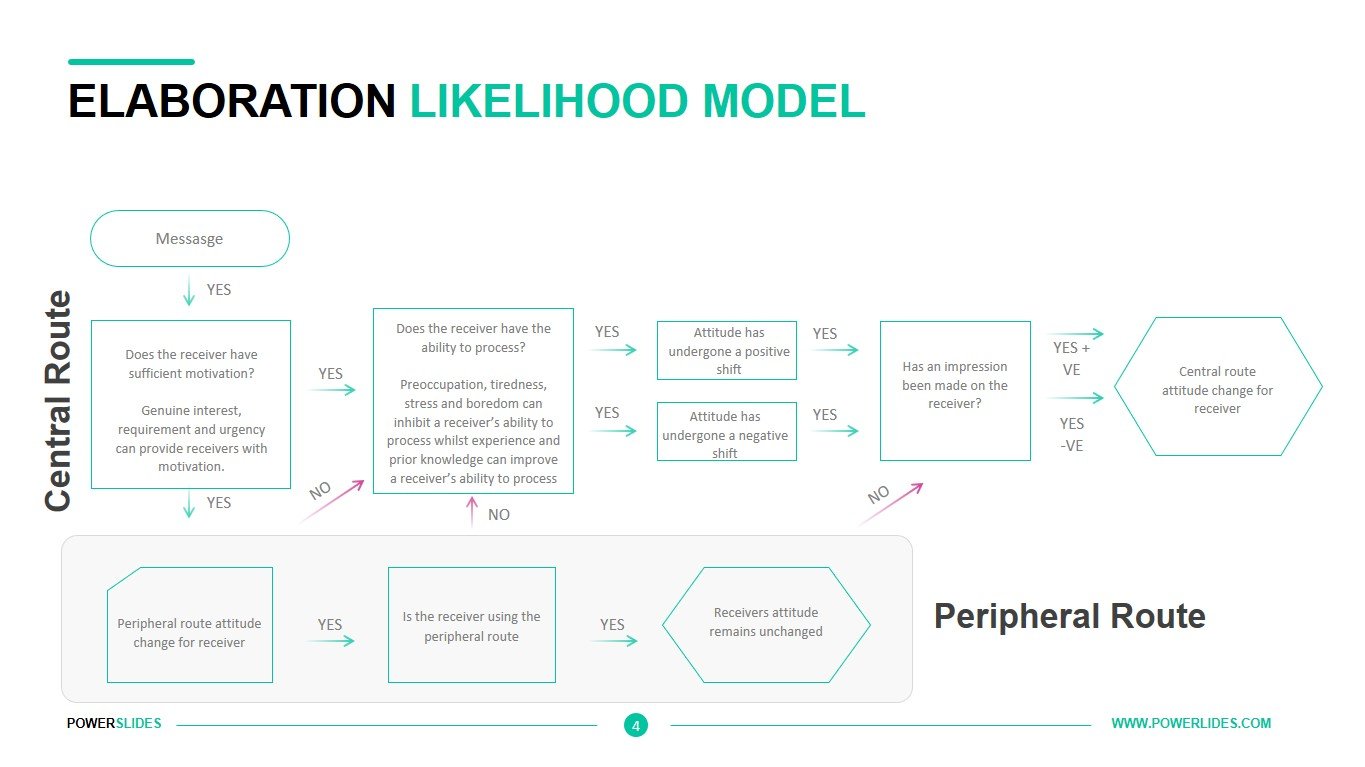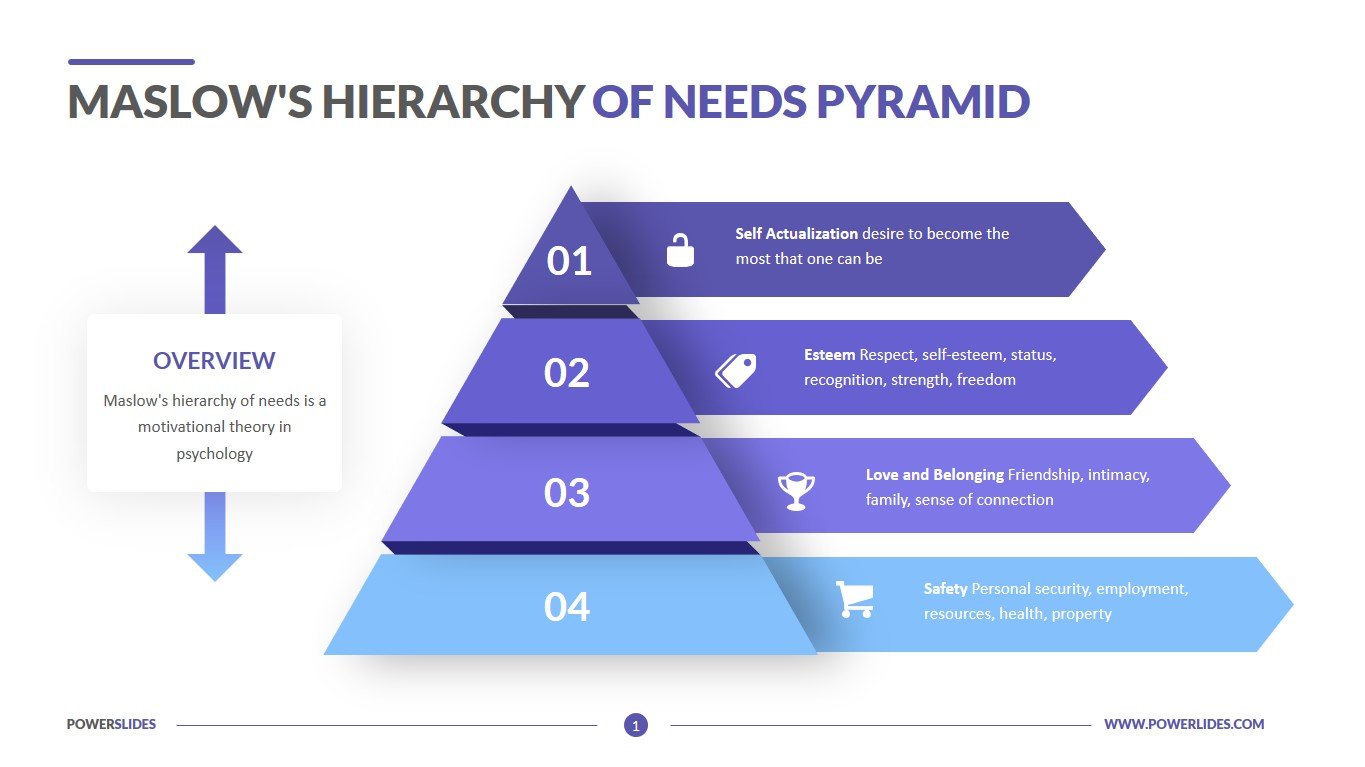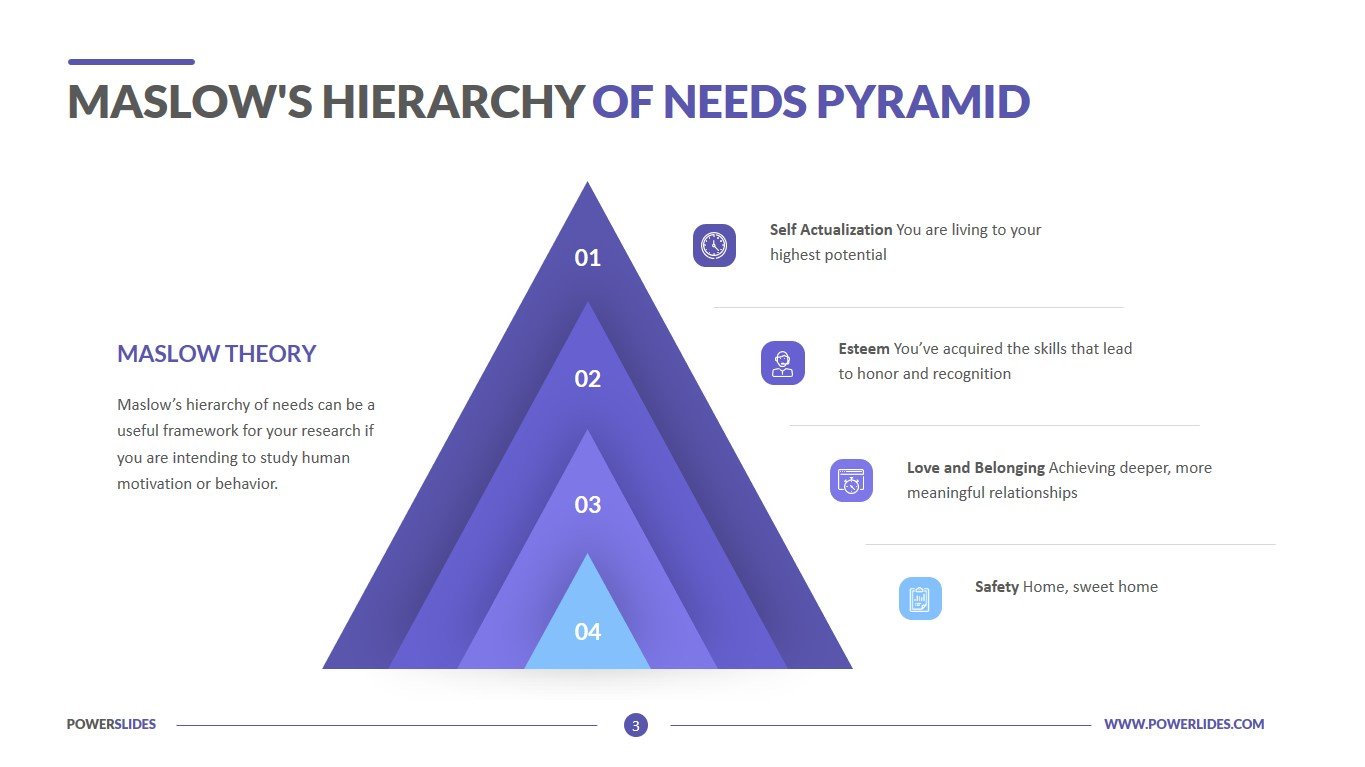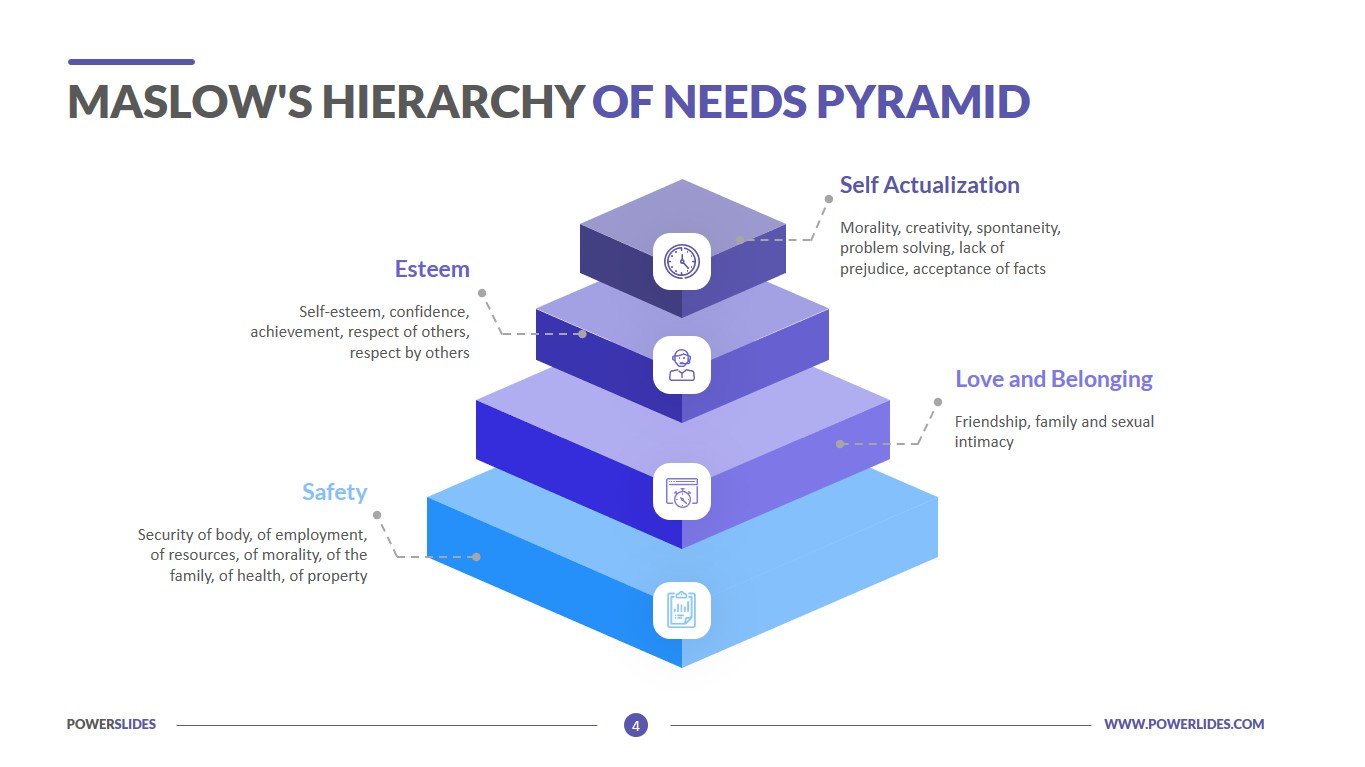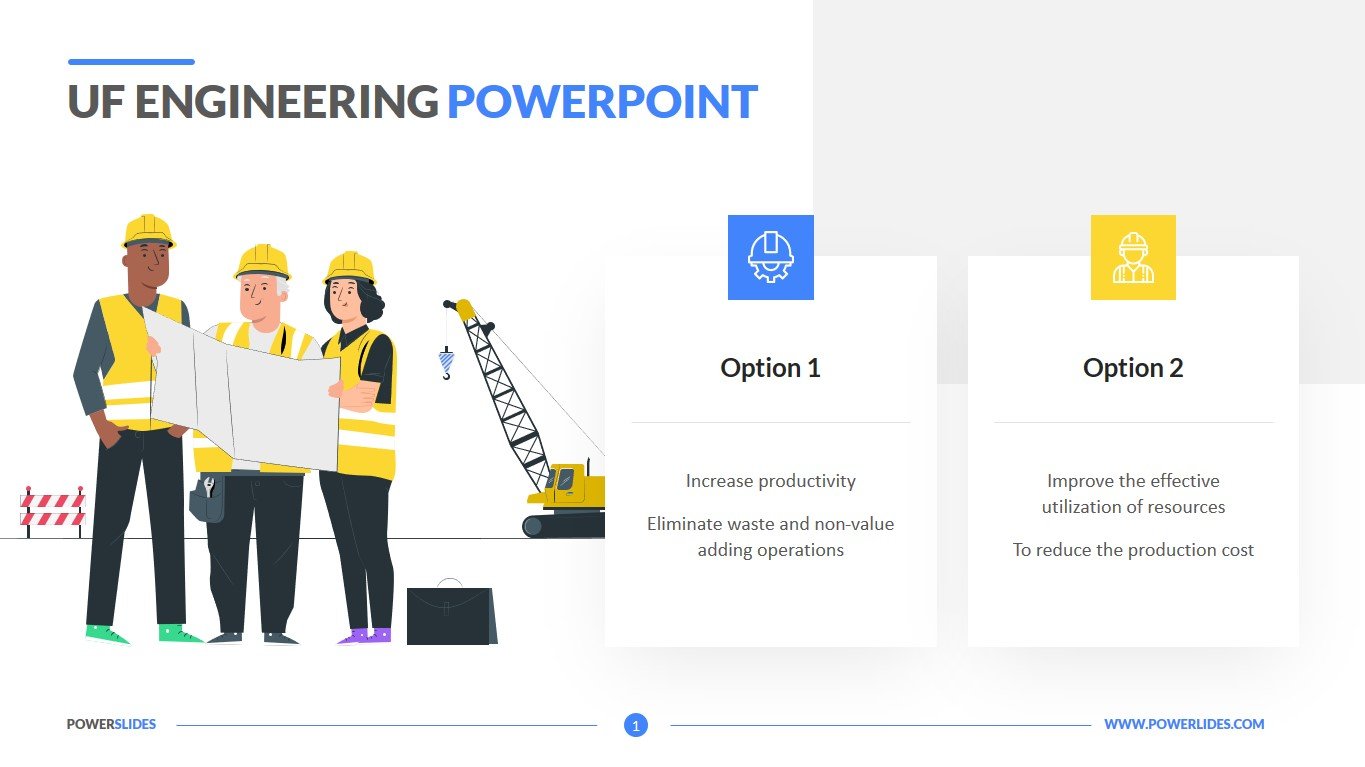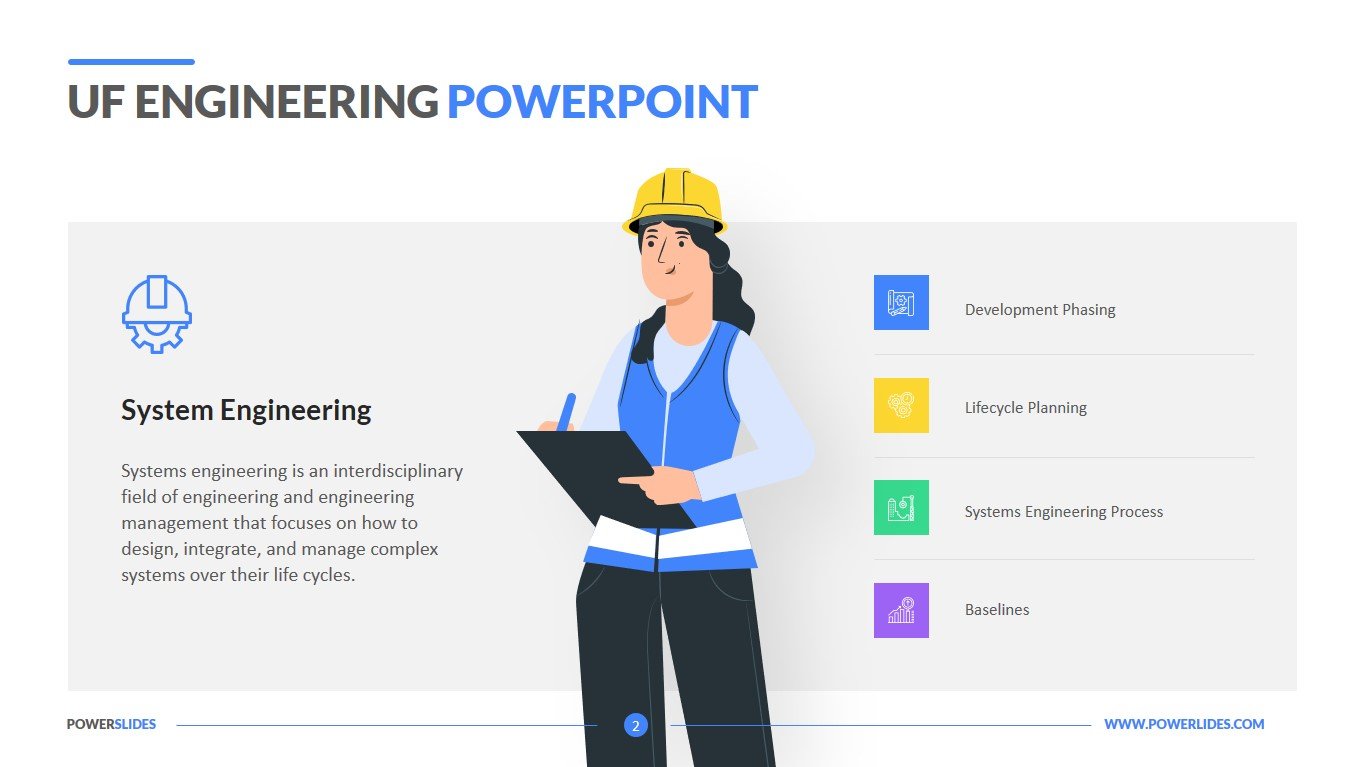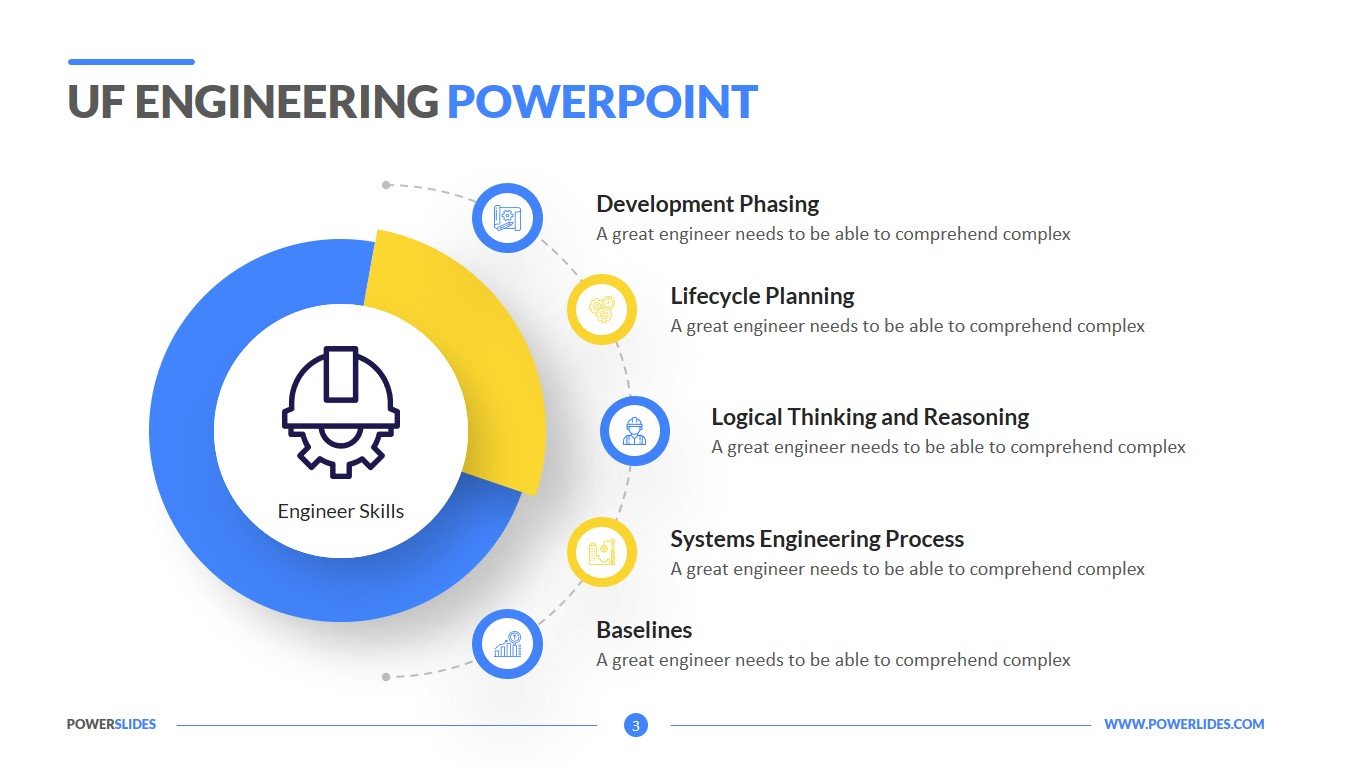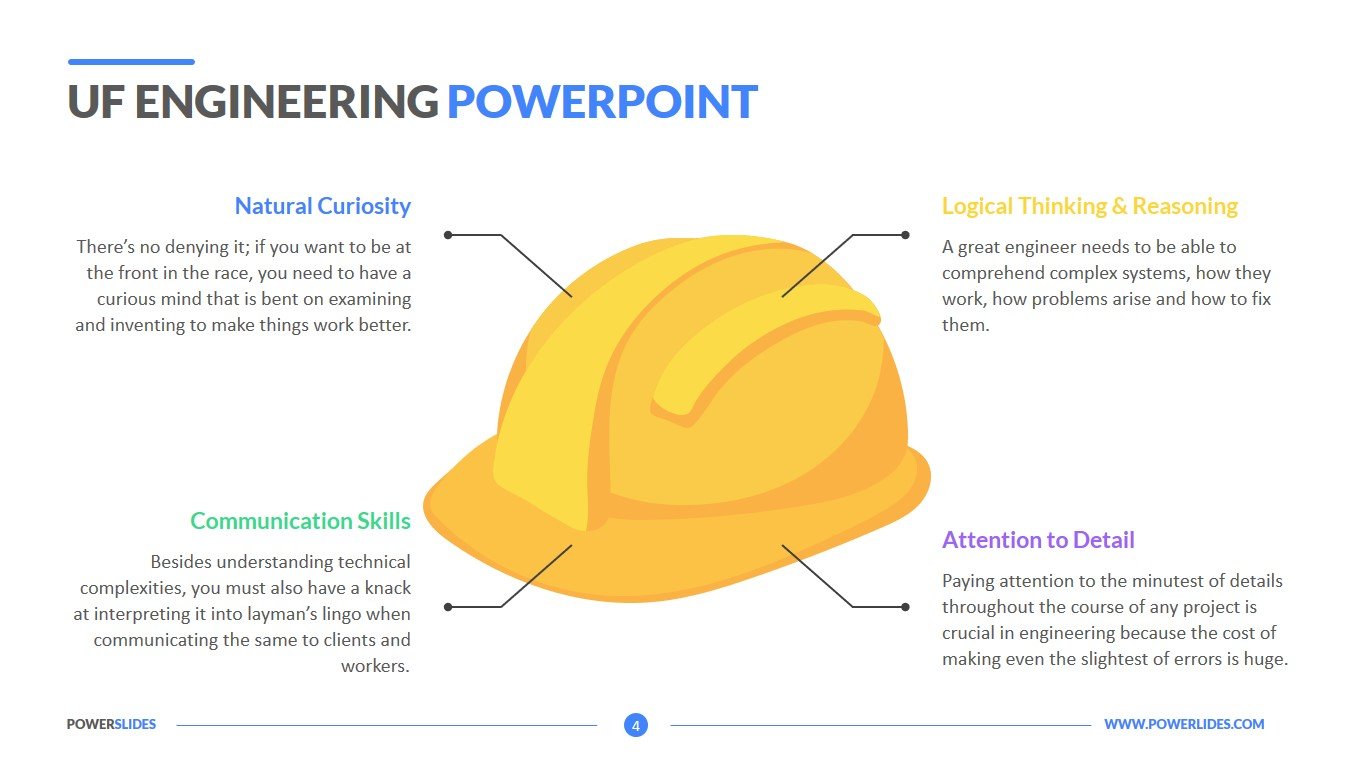Logic Model
 4 Slides
4 Slides
 File size: 16:9
File size: 16:9 
 Fonts: Lato Black, Calibri
Fonts: Lato Black, Calibri
 Supported version
PPT 2010, PPT 2013, PPT 2016
Supported version
PPT 2010, PPT 2013, PPT 2016
Product details
A logic model presents a picture of how your effort or initiative is supposed to work. It explains why your strategy is a good solution to the problem at hand. Effective logic models make an explicit, often visual, statement of the activities that will bring about change and the results you expect to see for the community and its people. A logic model keeps participants in the effort moving in the same direction by providing a common language and point of reference. More than an observer’s tool, logic models become part of the work itself. They energize and rally support for an initiative by declaring precisely what you’re trying to accomplish and how. Each mapping or modelling technique uses a slightly different approach, but they all rest on a foundation of logic – specifically, the logic of how change happens. By whatever name you call it, a logic model supports the work of health promotion and community development by charting the course of community transformation as it evolves. The word logic has many definitions. As a branch of philosophy, scholars devote entire careers to its practice. As a structured method of reasoning, mathematicians depend on it for proofs. In the world of machines, the only language a computer understands is the logic of its programmer. There is another meaning that lies closer to the heart of community change – the logic of how things work. Consider, for example, the logic to the motion of rush-hour traffic. No one plans it. No one controls it. Yet, through experience and awareness of recurrent patterns, we comprehend it, and, in many cases, can successfully avoid its problems. Like a road map, a logic model shows the route travelled (or steps are taken) to reach a certain destination. A detailed model indicates precisely how each activity will lead to desired changes. The typical components of a logic model are Purpose, Context, Inputs, Activities, Outputs, Effects. Whatever form you choose, a logic model ought to provide direction and clarity by presenting the big picture of change along with certain important details.
The Logic Model template will be primarily useful for mobile application development teams. The team leader, developers and product owner can discuss in detail what process logic should be in the final product and how it will be implemented. Also, this template will be useful for engineers in preparation for commissioning of new equipment with the ability to program automatic operations. Logistics managers can use the slides in this template to prepare their supply chain model. For example, you can describe in detail the milestones, key players, resources, and timelines when supplying products from China to Canada. Also, this template can be used by teachers when preparing a course on programming and robotics. All slide elements are easily editable depending on your needs. Slides will organically complement your old presentations.






